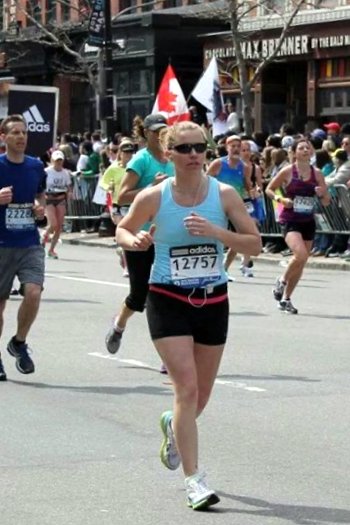
For endurance athletes, time well spent is time working toward a specific goal. Unfortunately this often means strength training takes a back seat or becomes obsolete. In the world of strength and conditioning we like to believe that getting stronger solves all our problems. How much strength does the endurance athlete really need?
For those looking to take on the challenge of completing a 50 or 100 mile run, a 100 mile mountain bike race, the Iron Man, or marathon the specific training alone consumes most people. No amount of time in the gym is going to replace the time spent on the road or trail. Taking time and energy away from their specific training to focus on building a bigger press or deadlift, is time wasted. These people don’t need to focus on raw strength. Instead the focus should be spent developing relative strength. Remember they only need to be strong enough to avoid injury.
If we already know that preparing for endurance events requires a lot of time on the road then we must assume there is very little time for other forms of training. This is where the kettlebell can become a quick and easy tool of choice.
Goblet Squat (with a pry):
The goblet squat is great exercise for many of these athletes. It allows the athlete to maintain or improve their squat pattern, build leg and core strength without excessive weight to overly fatigue the legs. By adding the prying element to this squat we allow the athlete to work on the hip mobility which so many runners and cyclist struggle with.
Turkish Get-Up:
The Turkish get-up is a must for any athlete especially those who require a great deal of core strength to get through the later stages of an endurance event. The get-up will also provide a great deal of thoracic mobility as well as increased stability in the trunk and hips.
Single-Leg Deadlift:
The single leg deadlift might be the single most important skill for injury prevention in these athletes. Improved glute and hamstring strength, balance and rotational stability is going to pay dividends when it comes to IT band issues.
Kettlebell Swing:
I prefer to train the swing primarily in the off-season due to the excessive fatigue of endurance training. The swing is an outstanding exercise to develop powerful hip drive and strong legs. It is also one of the best ways to build strength endurance in the core which is something every endurance athlete requires.
When we combine these exercises with basic push-ups and pull-ups we are creating a successful recipe for almost any endurance athlete. Remember the goal is not to be the best in the gym. The goal is to keep them healthy and injury free so they can put in the miles and time required to succeed outside the gym.